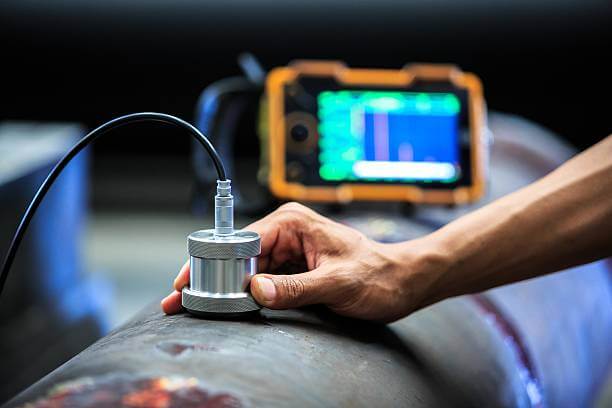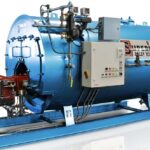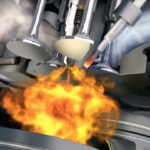High frequency ultrasonic (sound) waves are applied to the test piece by a Piezoelectric crystal. If the test piece is free from cracks, or flawless, then it reflects ultrasonic waves without distortion. If there are any flaws in the specimen, the time taken by the ultrasonic waves will be less as the reflection of these waves will be from flaw points and not from the bottom of the specimen. Cathode ray oscilloscope (CRO) is used to receive the sound signals, whose time base circuit is connected to it. Knowing the time interval between the transmission of the sound pulse and the reception of the echo signal, we can calculate the depth of the crack. This test is a very fast method of inspection and often used to test aerospace components and automobiles. This test is generally used to detect internal cracks like shrinkage cavities, hot tears, zones of corrosion and non-metallic inclusions.

Posted inMaterial Science
Ultrasonic Test
Suresh Kumar is a passionate mechanical engineer with deep expertise in design, thermodynamics, manufacturing, and automation. With years of experience in the industry, they simplify complex engineering principles into practical insights for students, professionals, and enthusiasts. This blog serves as a hub for exploring cutting-edge innovations, fundamental concepts, and real-world applications in mechanical engineering.
Post navigation
Previous Post
 Types of boilers
Types of boilers